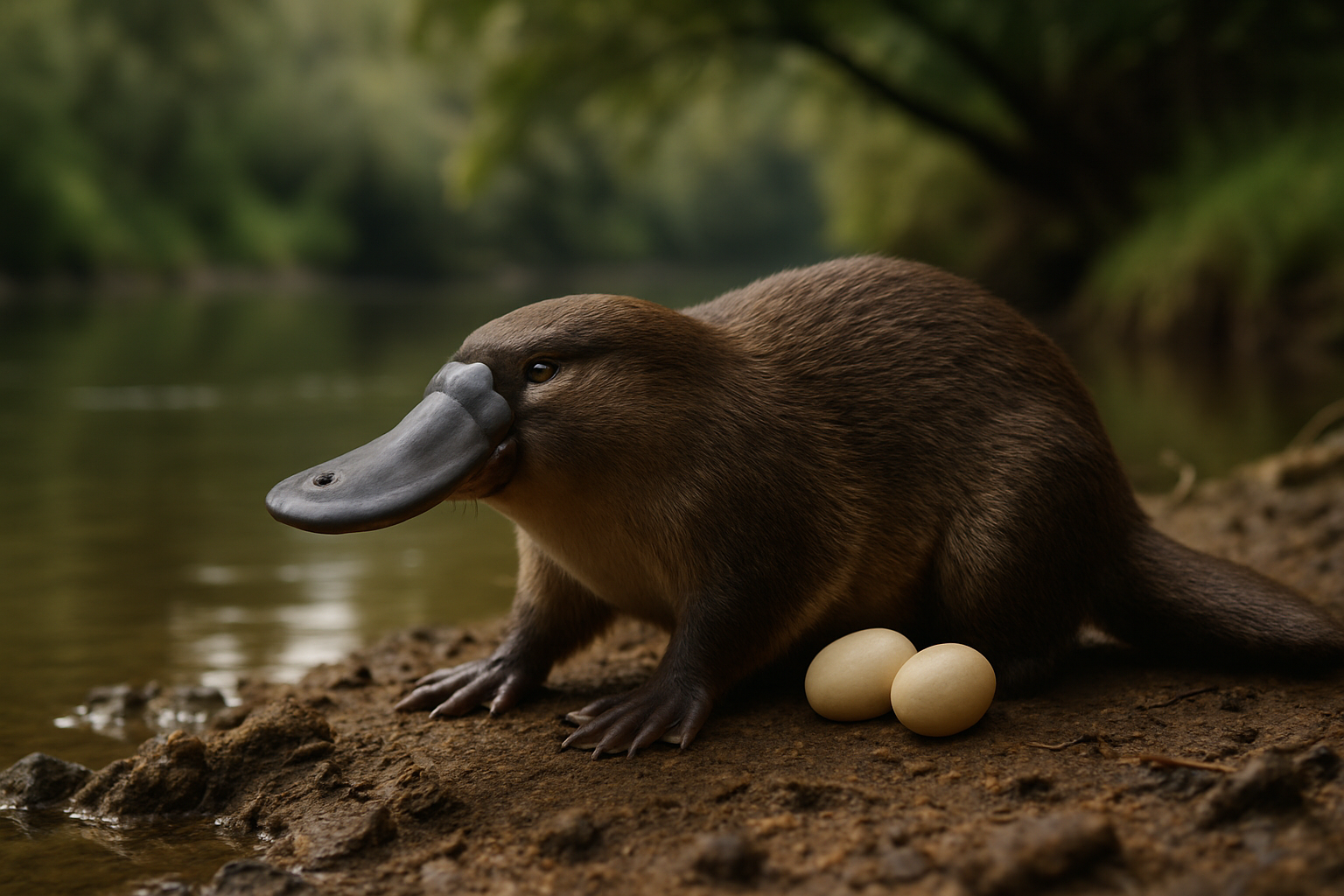Unraveling the Peculiarities of the Platypus: An Enigma in the Animal Kingdom
The animal kingdom is brimming with fascinating creatures, but few are as enigmatic and intriguing as the platypus. This unconventional mammal baffles scientists with its unique combination of traits, making it a captivating subject for study. This unusual creature, native to Australia, is one of the few mammals that lay eggs. It is equipped with a duck-like bill, a beaver-like tail, and webbed feet, traits that initially led European naturalists to believe it was a hoax. The platypus, however, is entirely real and continues to captivate scientists and animal enthusiasts alike with its peculiarities.

A Deep Dive into the Platypus’s Unique Traits
The platypus is a member of the monotreme family, which includes only one other species, the echidna or spiny anteater. Monotremes are the only mammals that lay eggs, a characteristic that links them to reptiles and birds. However, like other mammals, platypuses nurse their young, albeit in a unique way. They excrete milk through their skin, which is then collected in grooves on their abdomen for the young to lap up.
The Enigma of the Platypus Venom
Perhaps one of the most fascinating aspects of the platypus is its venomous nature, a trait rarely found in mammals. Male platypuses have a venomous spur on their hind limbs. The venom isn’t lethal to humans, but it can cause severe pain and swelling. Intriguingly, the venom production increases during the breeding season, leading scientists to believe it may play a role in territorial disputes.
The Platypus: A Star of Bio-illumination
In a recent development that adds another layer to the platypus mystery, scientists have discovered that these oddball creatures are bio-luminescent, glowing green under ultraviolet light. This finding, published in 2020, makes them one of the few bio-luminescent mammals, joining the ranks of certain species of flying squirrels and opossums.
Platypus Conservation: An Update
Despite their fascinating characteristics, platypuses are not immune to the pressures of habitat loss, climate change, and pollution. Classified as “Near Threatened” on the IUCN Red List, their population is believed to have declined by 30% over the last three decades. Ongoing research and conservation efforts aim to protect these remarkable creatures and their unique place in the animal kingdom.
The platypus, with its astounding blend of mammalian, bird-like, reptilian, and uniquely individual traits, is a testament to the incredible diversity of the animal kingdom. As we continue to uncover more about this enchanting creature, its peculiarities only become more puzzling and captivating. Amidst all the questions it raises, one thing is certain: the platypus is a creature that continuously fascinates and surprises.





